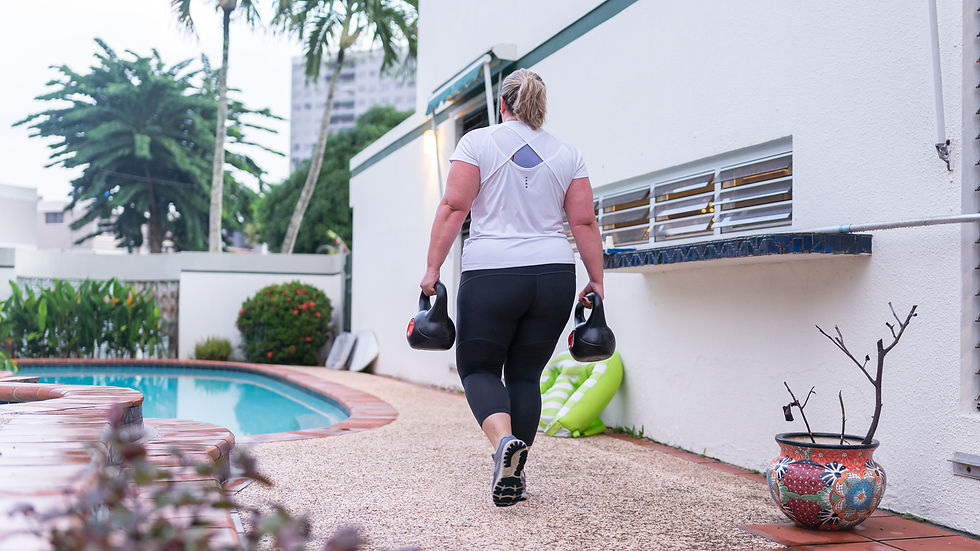Aging Peaks: What to Expect at 44 and 60—and How to Stay Ahead
- Sep 10, 2024
- 3 min read
Updated: Oct 7, 2024
Do you ever go to Conferences or Family events and see someone you haven’t seen in 3, or 5 or even longer years and you have trouble recognizing them? Yes, getting old sucks, but new research from the Wall Street Journal says aging has spikes, and is not a linear climb. In fact, the two ages they highlighted for spikes, both male and female, were at 44 and 60.

The Wall Street Journal recently published an article titled, Feeling Suddenly Older? Scientists See Aging ‘Waves’ at 44 and 60
Aging isn’t always the slow, gradual process we expect; it might hit us in waves. Recent research out of Stanford suggests that major biomolecular shifts occur in our bodies around ages 44 and 60. These shifts can manifest as changes in metabolism, skin aging, or even how our bodies handle caffeine and alcohol. The study, published in Nature Aging, reveals that aging may be more like climbing hills than simply walking up a steady slope. The researchers examined over 100,000 molecules from blood, stool, and swab samples of 108 healthy individuals, tracking significant changes that appeared in distinct "waves."
One of the most striking findings is that these aging waves seem to hit us in our 40s and 60s, with different biological markers shifting during these times. For example, those in their mid-40s might start noticing that their bodies metabolize alcohol and fats differently, possibly leading to weight gain or a heightened sensitivity to that nightly glass of wine. By the time we hit our 60s, shifts in markers linked to carbohydrate metabolism, kidney function, and immune regulation become more pronounced, which could explain why we become more vulnerable to illnesses like the flu and COVID-19 as we age.
Interestingly, these waves are not gender-specific; both men and women experience them, debunking the idea that such changes could be solely attributed to perimenopause or menopause in women. The researchers, led by Michael Snyder, a professor of genetics at Stanford, suggest that focusing on healthy habits like regular exercise and balanced nutrition could help mitigate the impact of these aging waves. However, they also note that everyone ages differently, so these waves might not look the same for everyone.
As we age, it’s crucial to stay attuned to these changes in our bodies. Whether it's paying closer attention to diet and exercise or adopting new habits like mobility training, understanding these waves of aging can empower us to make informed choices about our health. This research offers valuable insights, but it’s also a reminder that aging is a complex and personal journey. Embracing these changes with awareness and action can help us navigate the ups and downs of aging with resilience and grace.
I think one of the things the article failed to mention is how we hit the slippery slope of muscle mass loss, fast-twitch muscle loss, VO2 max decline, mobility and agility if we don’t start training for it today.
Wrapping Up
Understanding where you stand today is the first step toward a stronger, more resilient future self. The standards we’ve developed for the FutureFitYou dashboard are not just benchmarks—they’re a roadmap. By measuring your progress in key areas like Strength, Mobility, Agility, Cardio, and High-Intensity performance, you gain insight into how well your current fitness regime is preparing you for the years ahead.
Having a roadmap to measure your progress in key areas like Strength, Mobility, Agility, Cardio, and High-Intensity performance is key to gaining insight into how well your current fitness regime is preparing you for the years ahead.
Visit www.futurefityou.com to learn more.



Comments